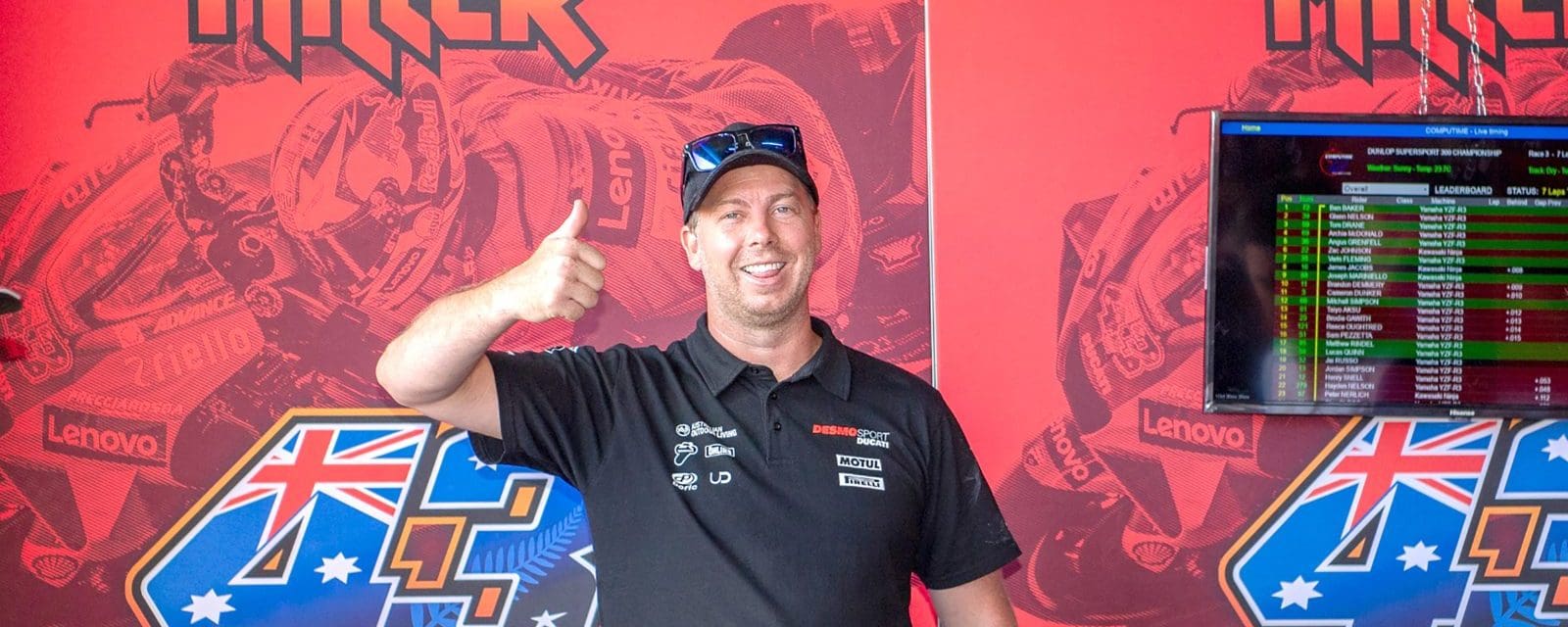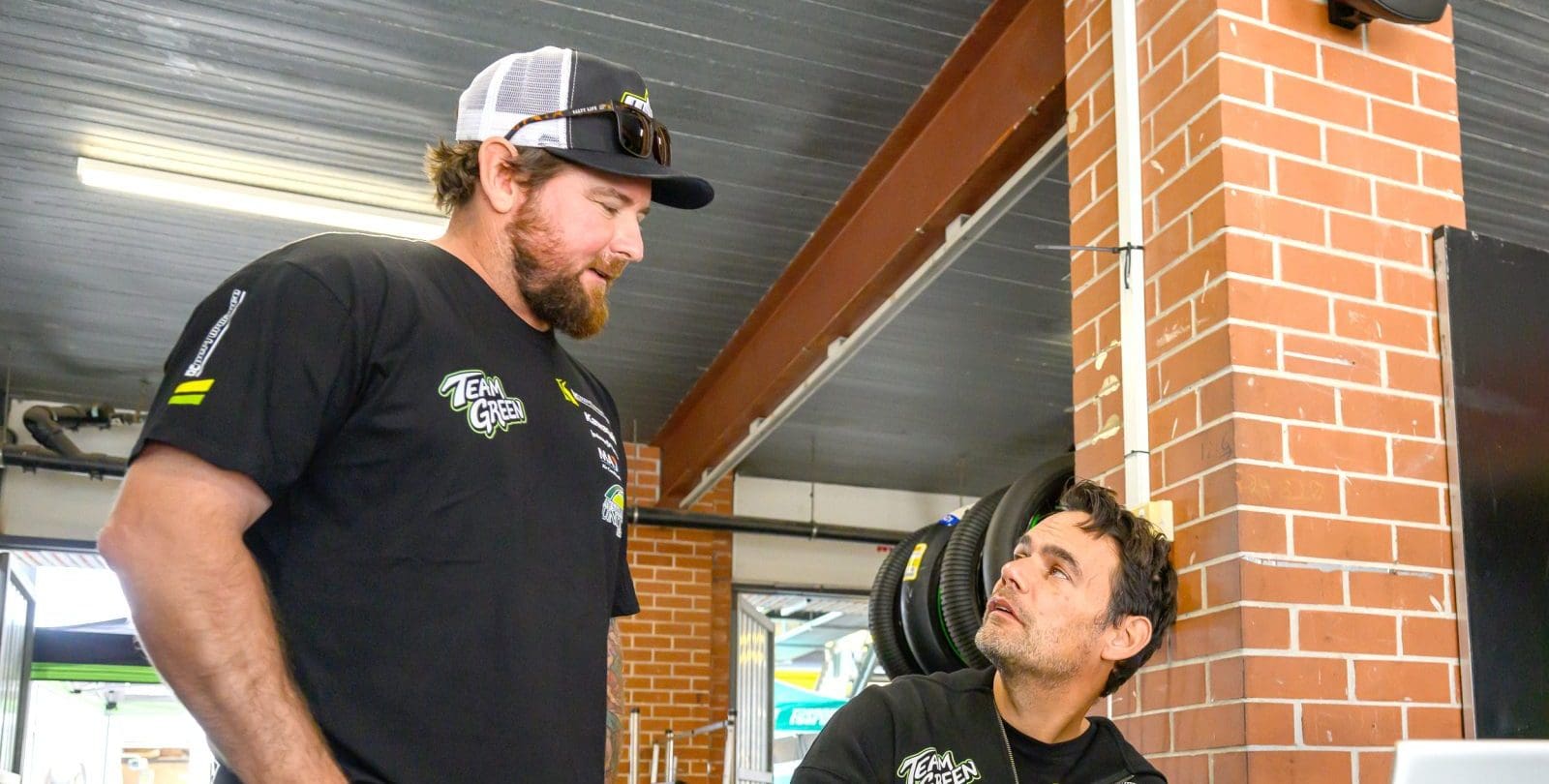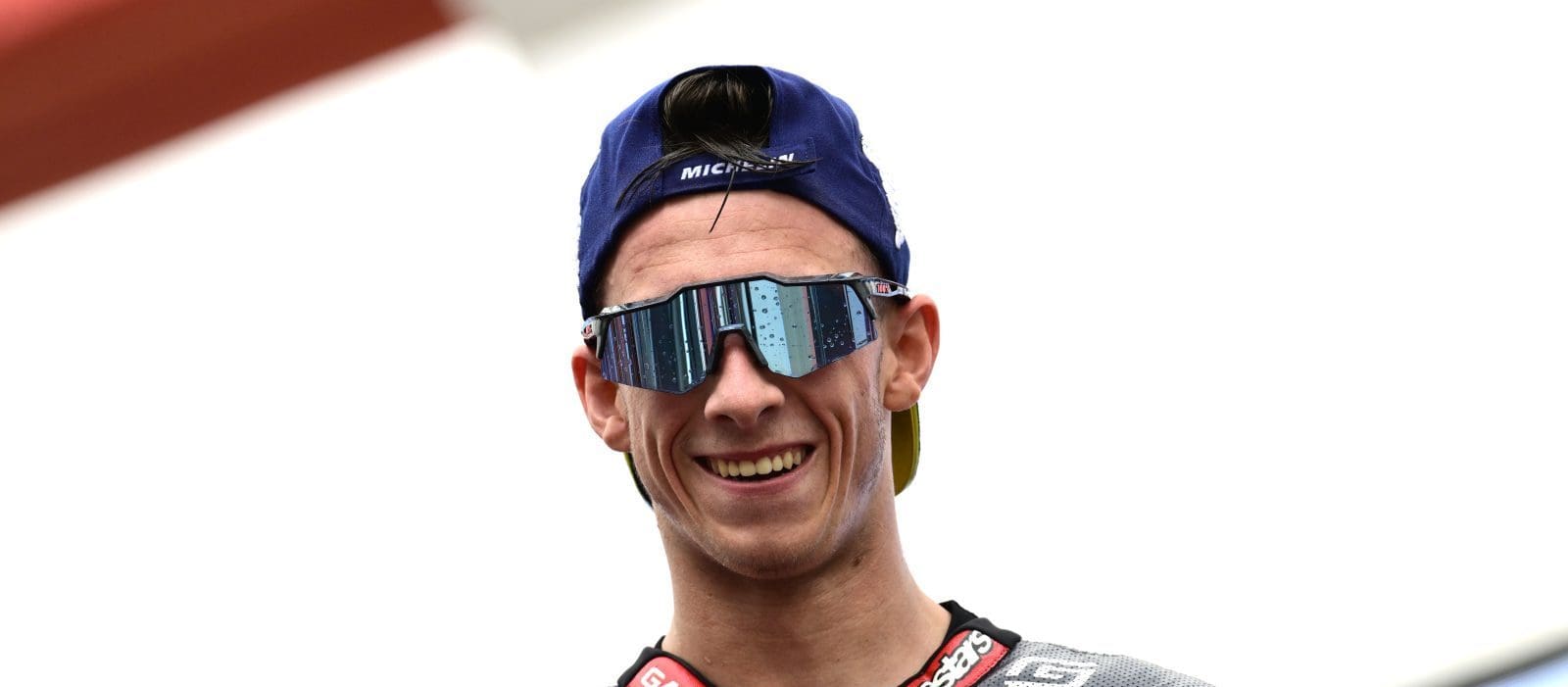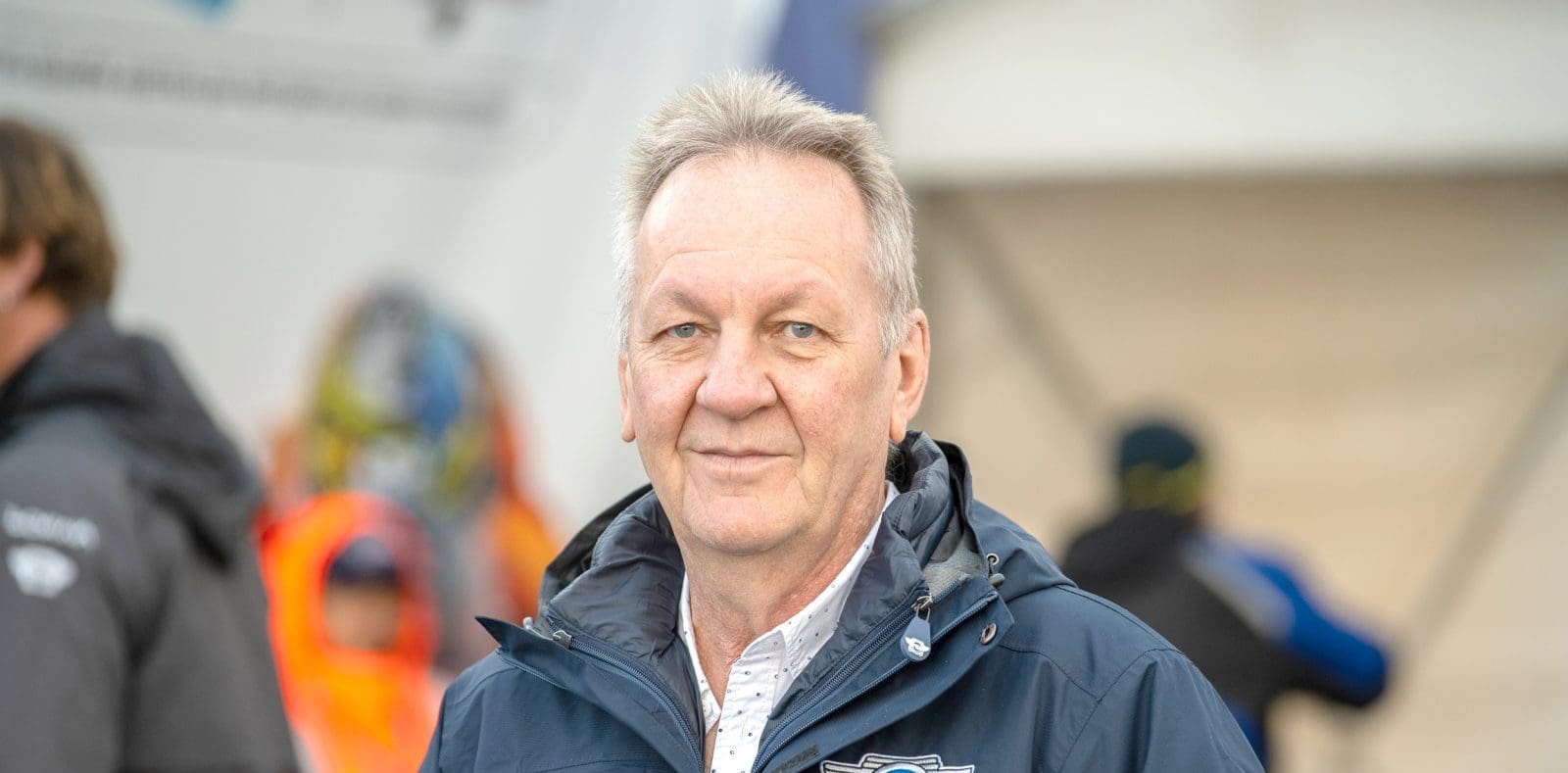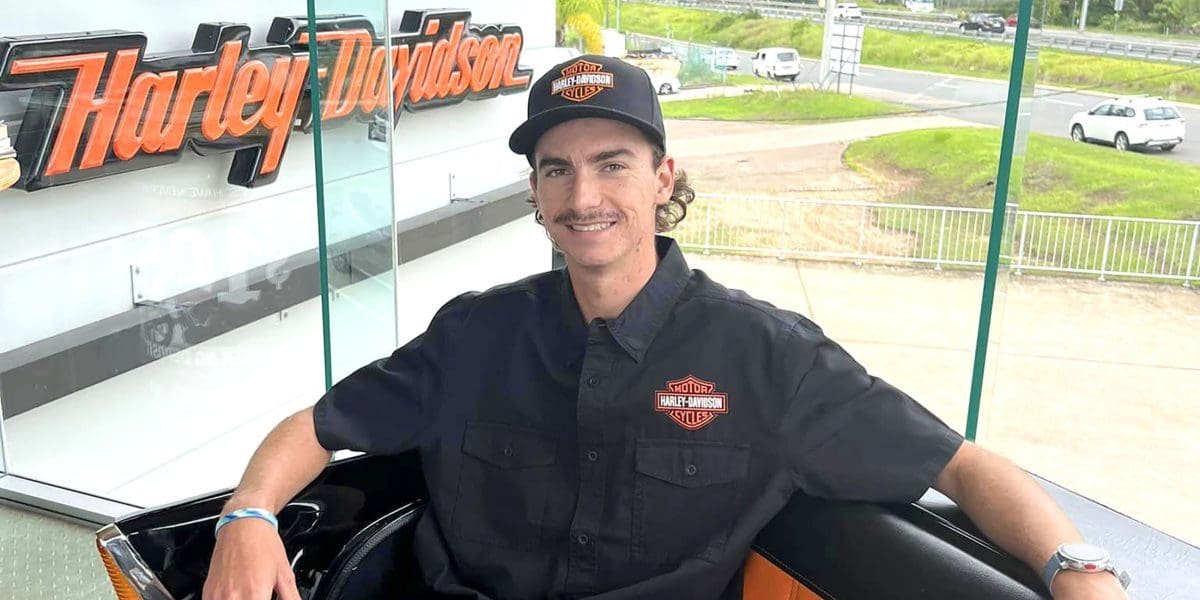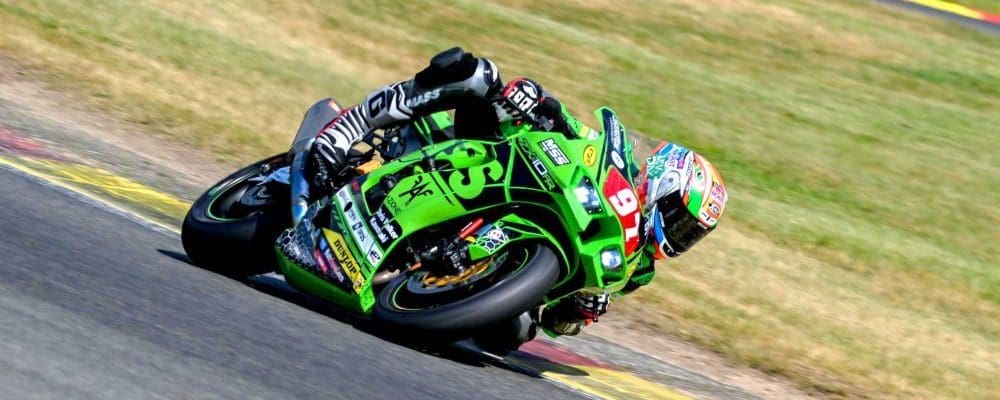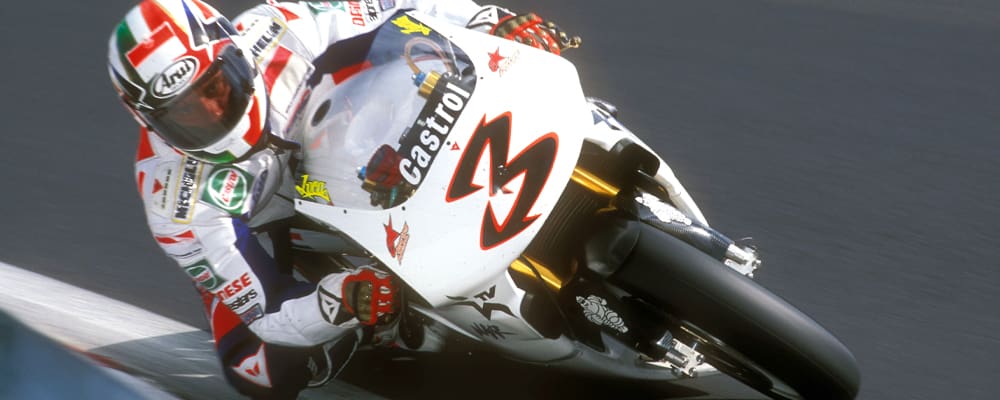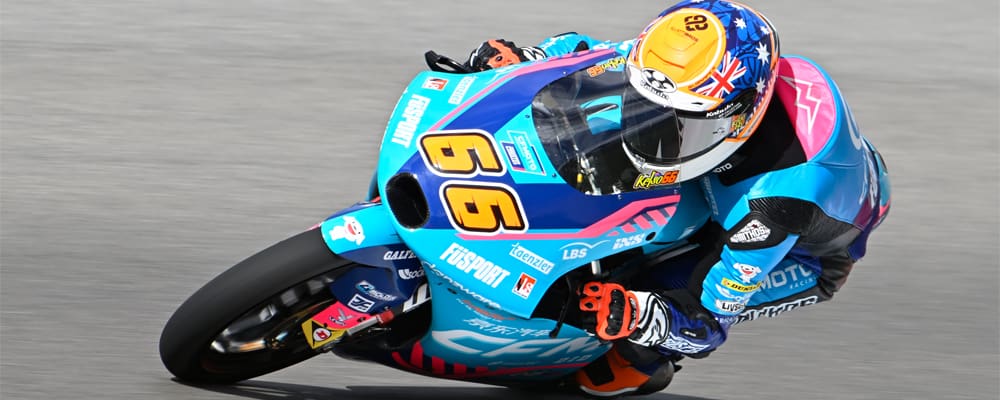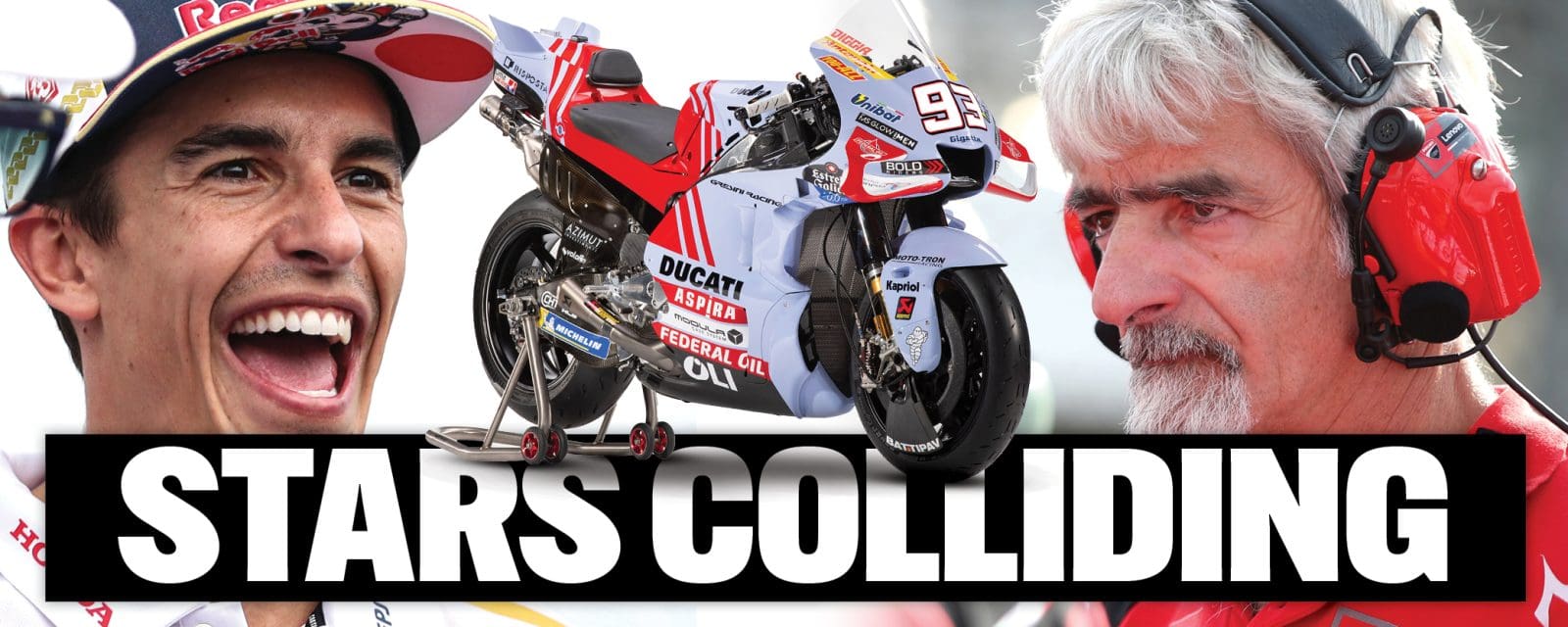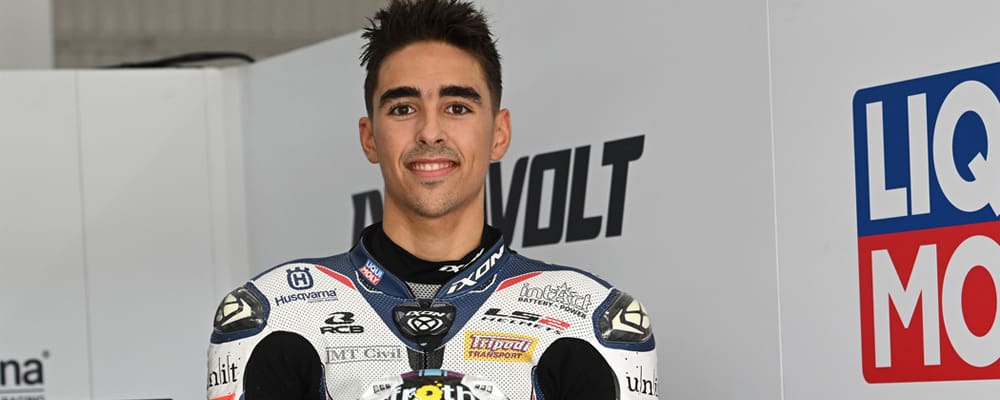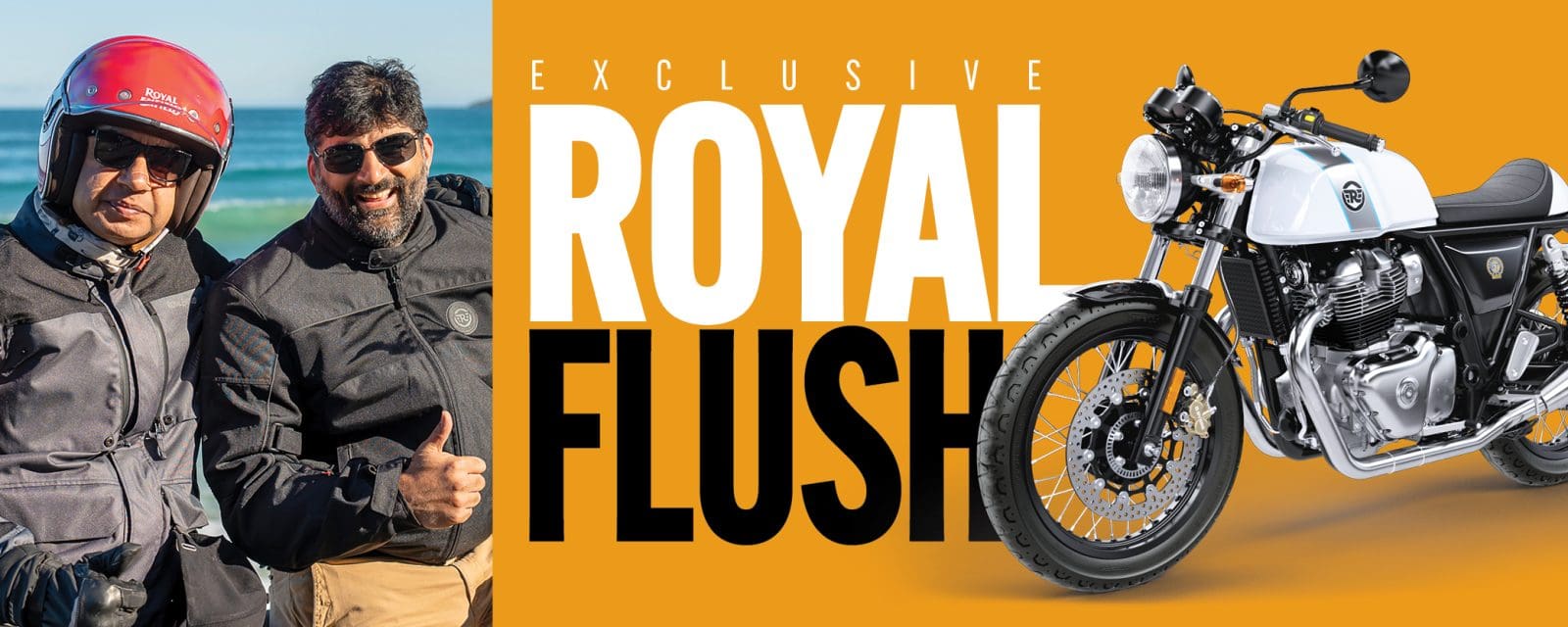Anuj Dua is Royal Enfield’s Head of Business in the Asia Pacific. A Royal Enfield employee for the past seven years, he took over the role about 12 months ago and he, as well as a handful of other Royal Enfileds bigwigs, were in Australia recently for the national launch of the Super Meteor 650.
The bike’s a really big deal for the Indian brand – the third such machine to spawn from the hugely popular 650 parallel-twin platform which includes the Interceptor and Continental GT launched five years ago now. But, as both AMCN spy shots and carefully worded statements from the brand have confirmed, it certainly won’t be the last.
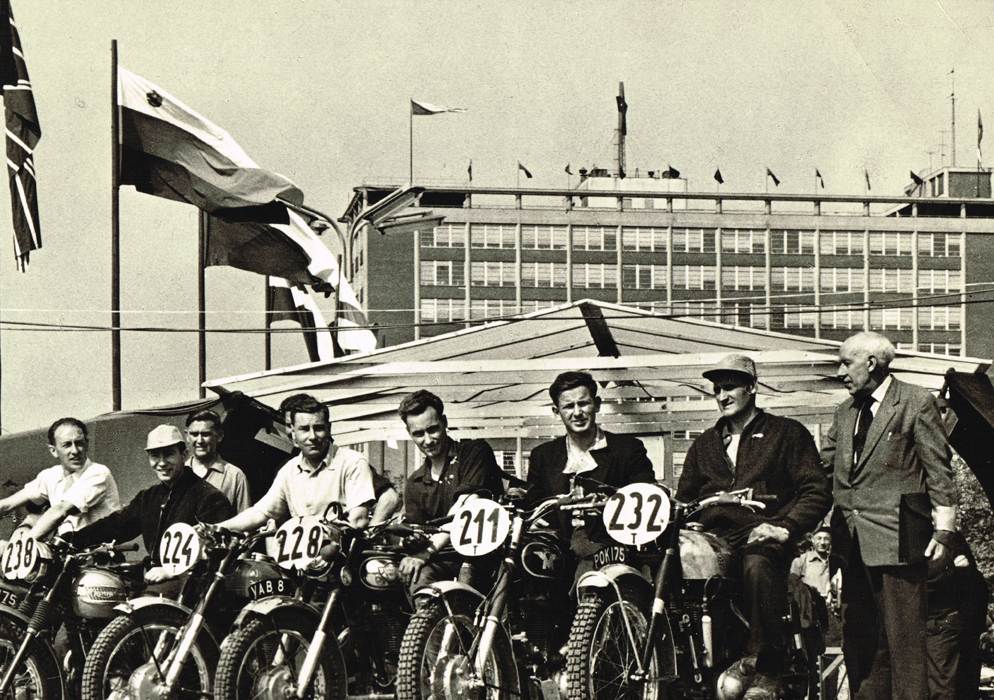
Warm and engaging, Anuj immediately strikes me as too nice a bloke to be put in charge of what’s surely one of the quickest expanding regions for one of the world’s fastest-growing brands. Which is probably why he stops me after my first question and says we need to wait for ‘Yaddi’, who also wants to sit in on the interview.
The Chief Commercial Officer since 2022, Yadvinder ‘Yaddi’ Singh is a former Honda executive and is now charged with steering the global growth of Royal Enfield across all regions. The night before our chat, Anuj and Yaddi addressed the media as part of the Super Meteor’s local launch, and revealed an unsurprisingly positive outlook for the Indian brand.

The 2022-2023 financial year was the best yet for Royal Enfield, selling 834,895 units in the 12-month period, which also included the highest ever amount of international sales – Yaddi must be doing a good job. A truly global brand these days, Royal Enfield is represented in 65 different countries through as many as 900 dealerships.
Closer to home, Royal Enfield sits at number three in the Australian midsized market behind Honda and Yamaha and it represents a considerable 15 percent of the segment’s market share thanks to the 12,000 Aussies who have so far shouted themselves a new Royal Enfield.
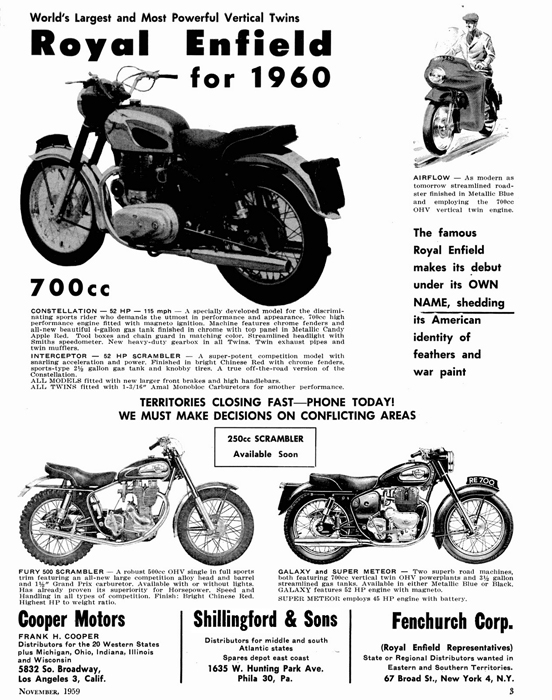
But the bit in Anuj’s speech which interested me was the level of input he said both Australian dealers and customers had on the final design and finish of the Super Meteor 650.
“We addressed concerns on fit and finish, we took on board information on the riding habits, the long-stretch roads – how long are Australians riding in one stretch – this is very different from country to country. So seat comfort, seat size, rider triangle. How much stop-and-go is another one, where the width of the seat plays a big role.”
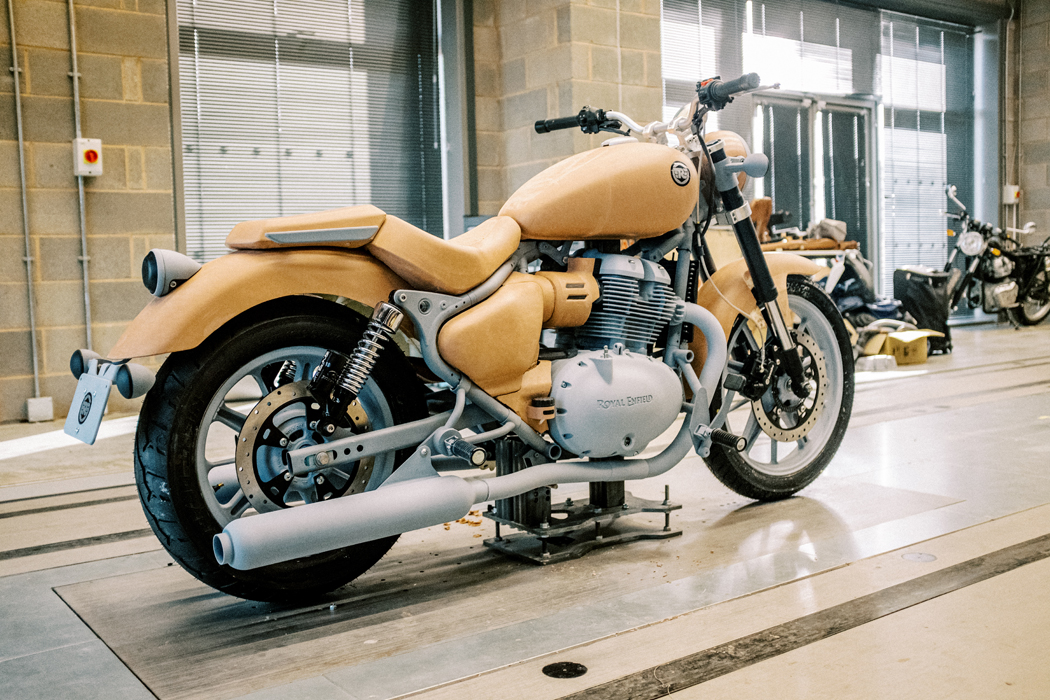
Anuj says that he and Yaddi were spending three days with dealers as part of the Super Meteor rollout and said they’d set aside sessions specifically to soak up feedback. So how quickly does that feedback translate into product?
“That’s exactly what dealers ask,” laughs Anuj. “Some of these changes are small, they come in what we call running changes and are quite quick. But some of the changes are big and involve testing and so wait for the next refresh to come in. It’s different from product to product.
“Engineering teams are engineering teams. We are the ones that need to create a bridge between what the consumer is asking for and why – that’s important. Sometimes they ask for a solution, but if there is no problem, why do you need that? And those [answers] can happen only in a conversation, not by sending reports.”

My mind immediately turns to the yet-to-be-released 650cc parallel-twin street-biased Scrambler, which trademark documents reveal will be called the Royal Enfield Interceptor Bear 650 in Australia. From that there must be an off-road capable version in the works and surely Australia will be an important resource for development of those models? Anuj and Yaddi look at each other, but it’s Yaddi who answers.
“Obviously there are a couple of models which are being developed and any new development doesn’t happen overnight. It requires a lot of testing, so three to four years timeline. A couple of models we are testing, but we really haven’t fixed [anything] in terms of timing or the final specs.
“When we launched the twins platform, especially after the Continental and the Interceptor, it did provide us a simple yet versatile platform in the midsize segment which can be explored into various kinds of riding, including the Super Meteor, which is a manifestation of the same.
“And our engineers and designers at the back end; the technology centre in the UK as well as Chennai, are quite confident we can further explore and expand the same platform in various forms and shapes to target different segments in the future.”
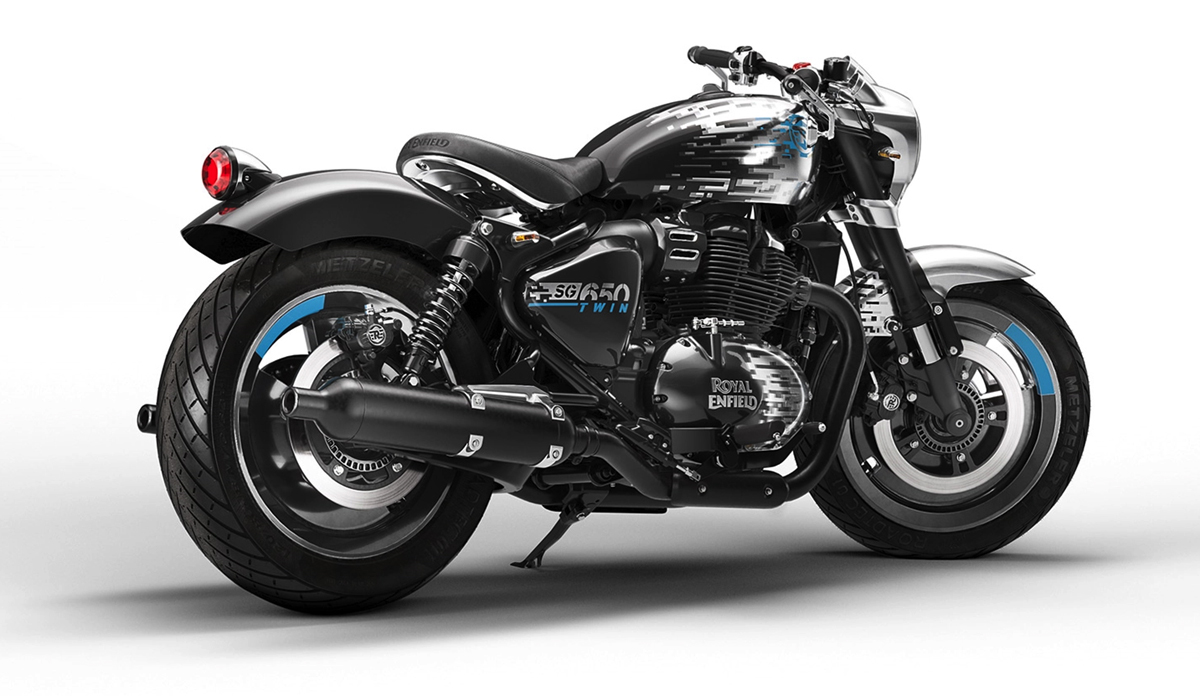
Speaking of different future segments, earlier this year Royal Enfield shelled out for a 10 percent stake in Spanish-based electric off-road motorcycle manufacturer Stark Future to the tune of €50 million ($A83m). While an electric motocrosser doesn’t instantly scream Royal Enfield DNA, the fact that Stark can build a bike with higher than ‘normal’ battery range as well as quicker than ‘normal’ charging times, plus impressive performance figures, means Royal Enfield is serious about leveraging Stark’s technical know-how and entering the two-wheeled EV sector.
“Yes, this is a very strategic investment from Royal Enfield,” nodded Yaddi, who also confirmed development of the first Royal Enfield electric bike is well and truly underway. “We still want to remain true to our DNA, so for sure not a scooter. It’s a motorcycle that we are looking at as a first product, and it has to reflect the DNA of
Royal Enfield.”
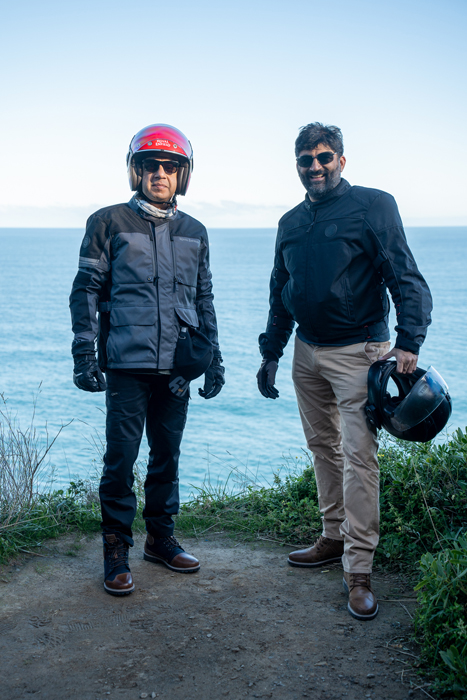
Anuj is also nodding, being instantly recognisable as a Royal Enfield is clearly a priority for the brand’s first electric offering. And they both are excited by the prospect.
“The teams are now putting their brains together on what exactly to do,” Anuj adds. “If anybody looks at it, they must say ‘that’s Royal Enfield’. That’s the DNA. And not only in the way it looks, but also in the way it handles and the way it rides.”
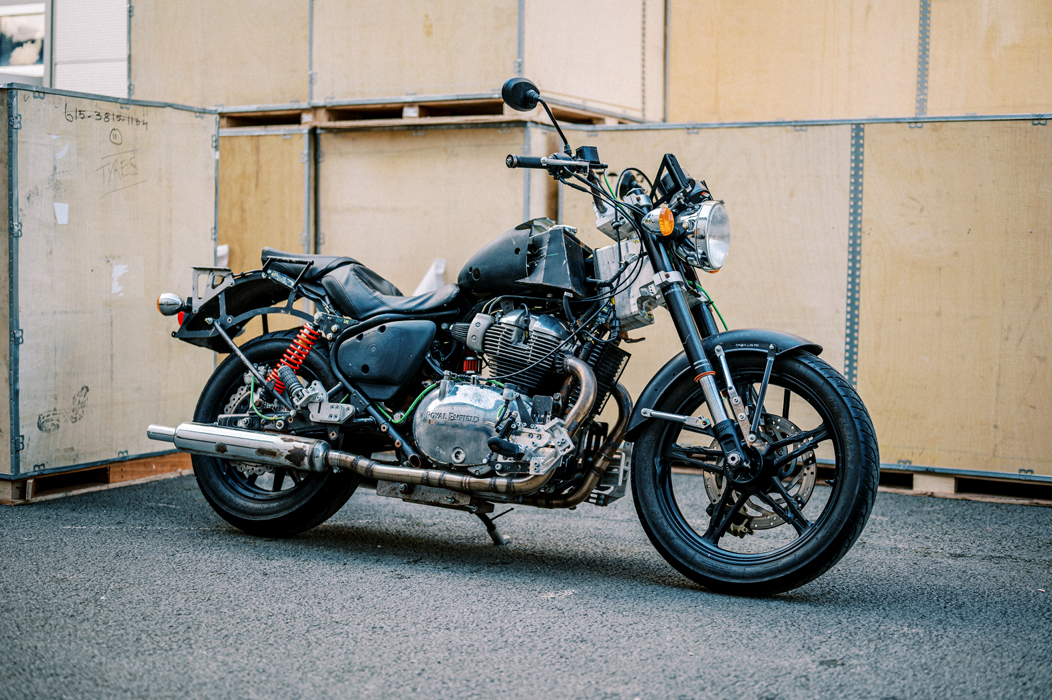
In terms of other clean-emission pathways, Yaddi said that “engineers will always keep on experimenting”, but said electric was the only path currently being explored.
Electric fare aside, Anuj says the first goal for the Australian market is to topple Honda off the second step of the midsize segment, but says the strategy is to do it by selling motorcycling instead of actual motorcycles.
“Humans are humans, we are not necessarily trying to categorise a rider as this and that, therefore he should buy this and he should buy that, no. Let him feel that, let him experience the brand first of all, and not push anyone to sell this motorcycle or that motorcycle.
“I spoke to an Australian dealer three days ago and he told me about a customer who has bought six Royal Enfield motorcycles in the last 12 years – six! I don’t hear this from many brands. So that’s the love we want to create. I think numbers, position, result is the outcome, but what we want to do is sell motorcycling. And I think we’re on the right track.”
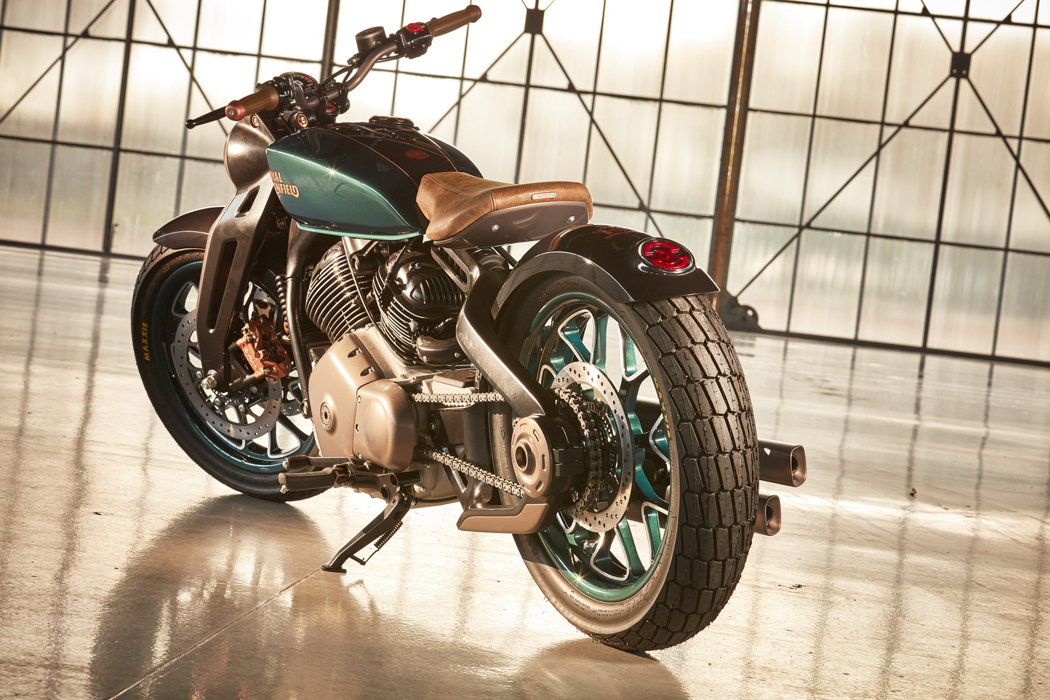
Yaddi points out this culture isn’t just on the dealership floor, but extends to all of Royal Enfield’s 17,000 employees. No doubt initiated by RE and Eicher Motors’ fun-loving laid-back CEO Siddhartha Lal, there’s an organised ride that leaves the Chennai headquarters every weekend.
“Even if there’s an employee who’s not a rider, he’s bringing his family members on those rides, maybe the son is riding the motorcycle, or the daughter is riding the motorcycle, and the mother or father is working at Royal Enfield and they’re a pillion. They’re being part of this culture to understand what happens in this community, what like-minded people want to talk about.”
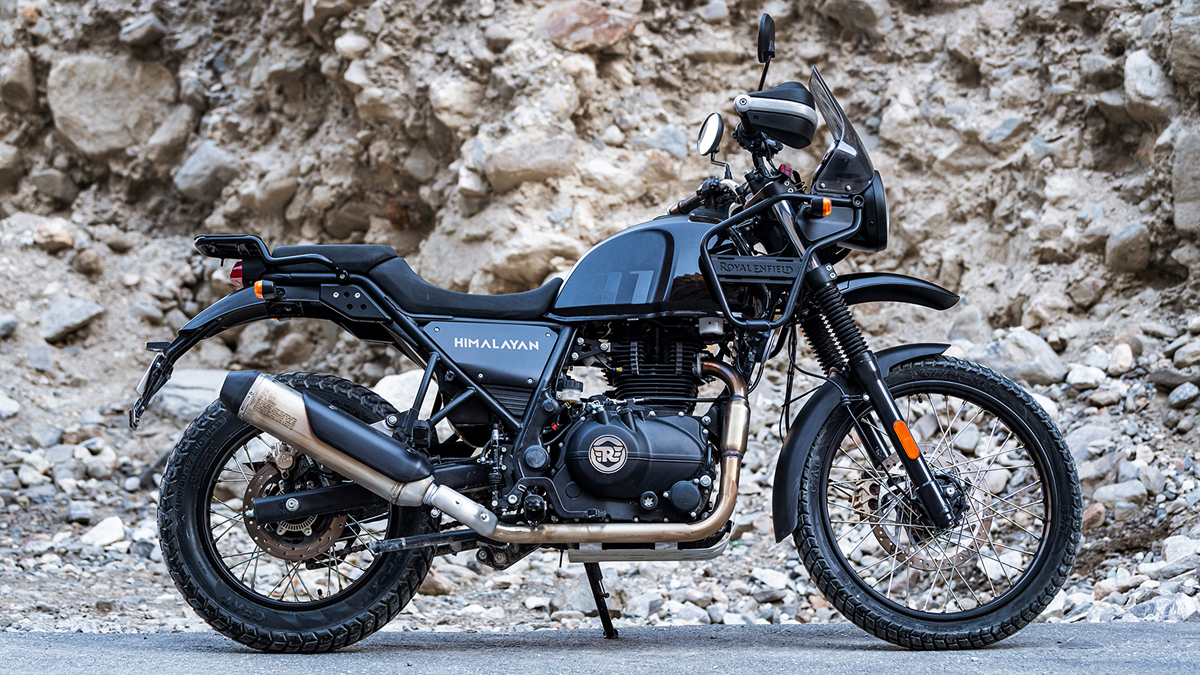
And there’s probably no better illustration of this than the firm’s annual Motoverse event, which rebranded from Rider Mania in the post-Covid era for exactly that reason. A move I would have thought quite risky, given the enormous success and following Rider Mania has garnered since its inception.
“Rider Mania is only connecting riders, but in the motorcycle universe, you have riders, non-riders, everybody,” explained Yaddi. “We have people who are just coming for the music – they want to feel the vibes of the environment.”

According to Anuj, the rebranded Motoverse event attracted 15,000 people through the gates, engaging a further 5.4 million people who connected digitally.
“The highest-ever participation,” he said.
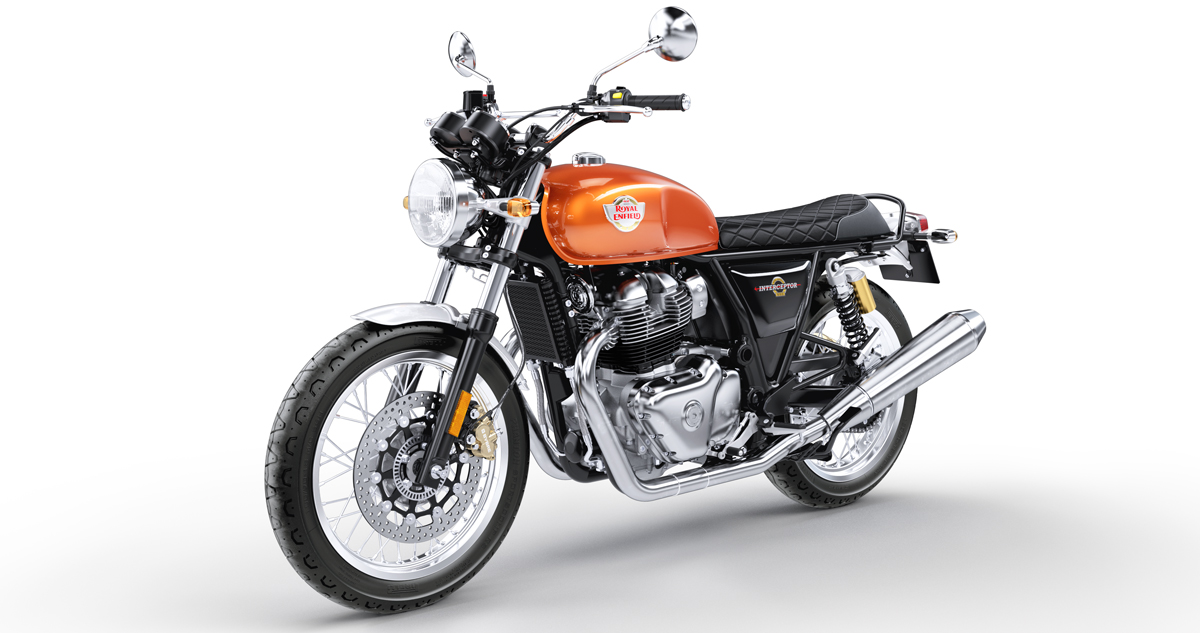
Highest-ever is a term Indians are very familiar with. Having just overtaken China as the world’s most populous country, it now also churns out more motorcycles than any other country on the planet. Given the popularity of Royal Enfield in its domestic India, I wonder what gets spoken about around the water fountain at Chennai HQ in terms of the recent partnerships brands like Triumph and KTM have made with large-scale Indian manufacturers like Baja and Hero.
“While everyone else was scouting for partners, we were building our own team. It really, really made us better,” says Anuj. “I don’t think we need a partnership that gives us product and technology, we’re self-sufficient and we actually do not need to.
“That’s not arrogance: that’s self confidence. Our R&D teams are brilliant. Between UK and India, there are complementing skills. We have brilliant teams producing wonderful results.”

Yaddi interjects: “Let me put in a different way. Always there has been one message as a company: that less is more. To remain focused on the midsized segment has really helped us to gain insights, especially from the rider: what does the community of the midsize motorcycle want.
“You naturally have to keep a watch on what’s happening around you, but from that learning and understanding, look at how can you further improve. We need to improve, we need to raise our own bar, whether it’s in terms of product, in terms of internal systems and processes…”
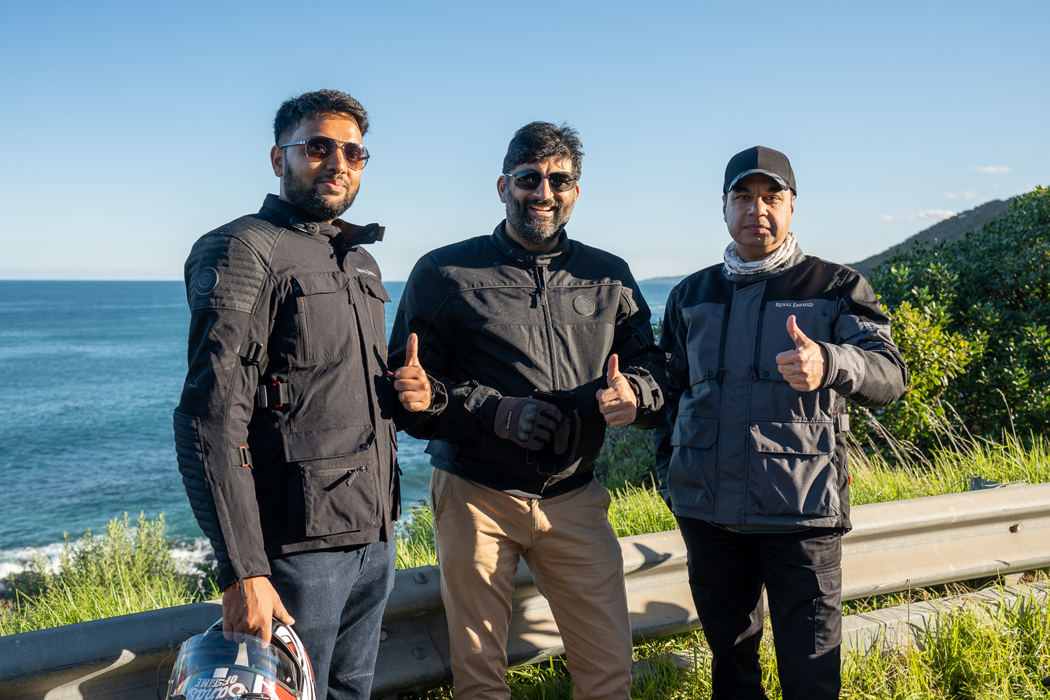
According to Anuj, Royal Enfield is currently the number-one brand in the New Zealand market which is an impressive result given there’s only eight dealerships spanning the north and south islands. And while well-established brands like Honda and Yamaha are the manufacturers currently in the way of Royal Enfield achieving number one in markets like Australia, I’ve got to wonder whether the firm identifies heritage brands like BSA and Triumph as a bigger threat to its short- and longer-term goals than the likes of Honda and Yamaha.
“We don’t have a big range, but it’s very focused,” Yaddi says. “We’ll never be able to say we’re the highest selling on the globe because we don’t cater to each and every sector, but can we take pride of how relevant we are. Less is More.
“In India we created this midsize segment. And it’s a matter of pride for us that now everyone is starting to seriously look at this segment. When we were one percent, two percent of the market, nobody cared. And since nobody cared it helped us to stay singularly focused on what we were doing – it never disturbed us. And now, step by step… we have 15 percent market share in Australia.”
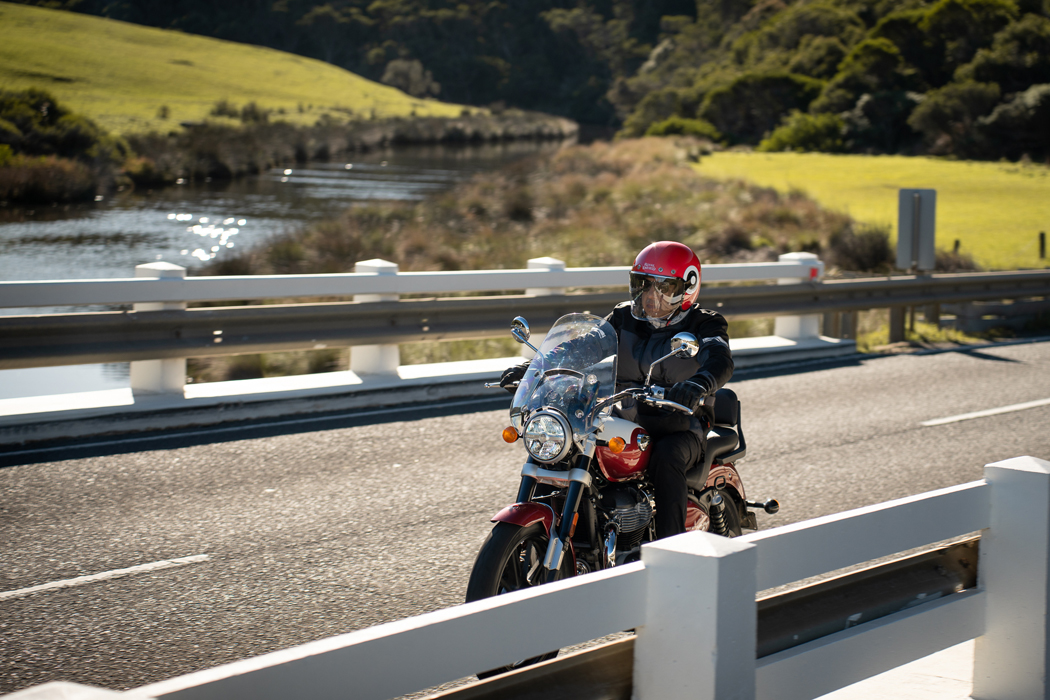
Pride in how far the company has come since the turn of the century when Sid became the CEO of Royal Enfield at just 26 years of age is a recurring theme during our chat. And, I guess rather fitting for Royal Enfield is ensuring the process happens organically and slowly, rather than forcing results through a fast-paced, results-driven strategy.
“We are not in a hurry, we are not in a rush. This is the way we have approached every single global market. Step by step in terms of a [dealer] network – you need appropriate training, the skill development, the understanding of the brand and the legacy – it all takes its own sweet time.
“If it is done in this manner, history says it delivers. Patience and resilience, that’s why the brand is 120 years old, and why it’s still in continuous production.”
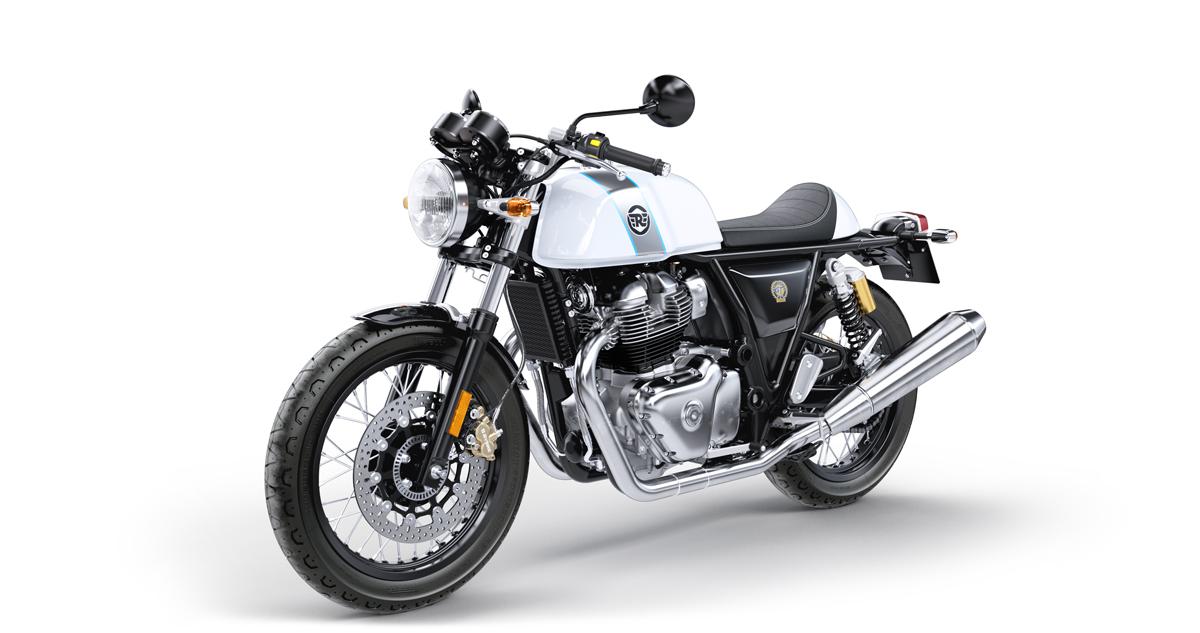
And who can argue with that?
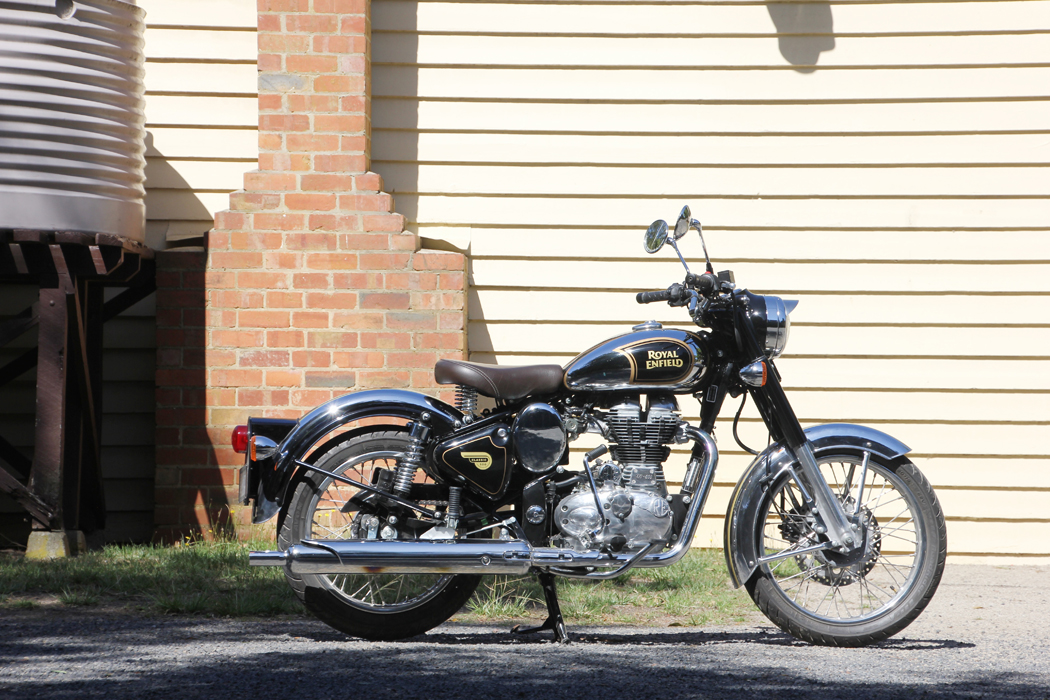
Words Kellie Buckley + Photography Matt Hayman, Tom Fossati & AMCN archives
